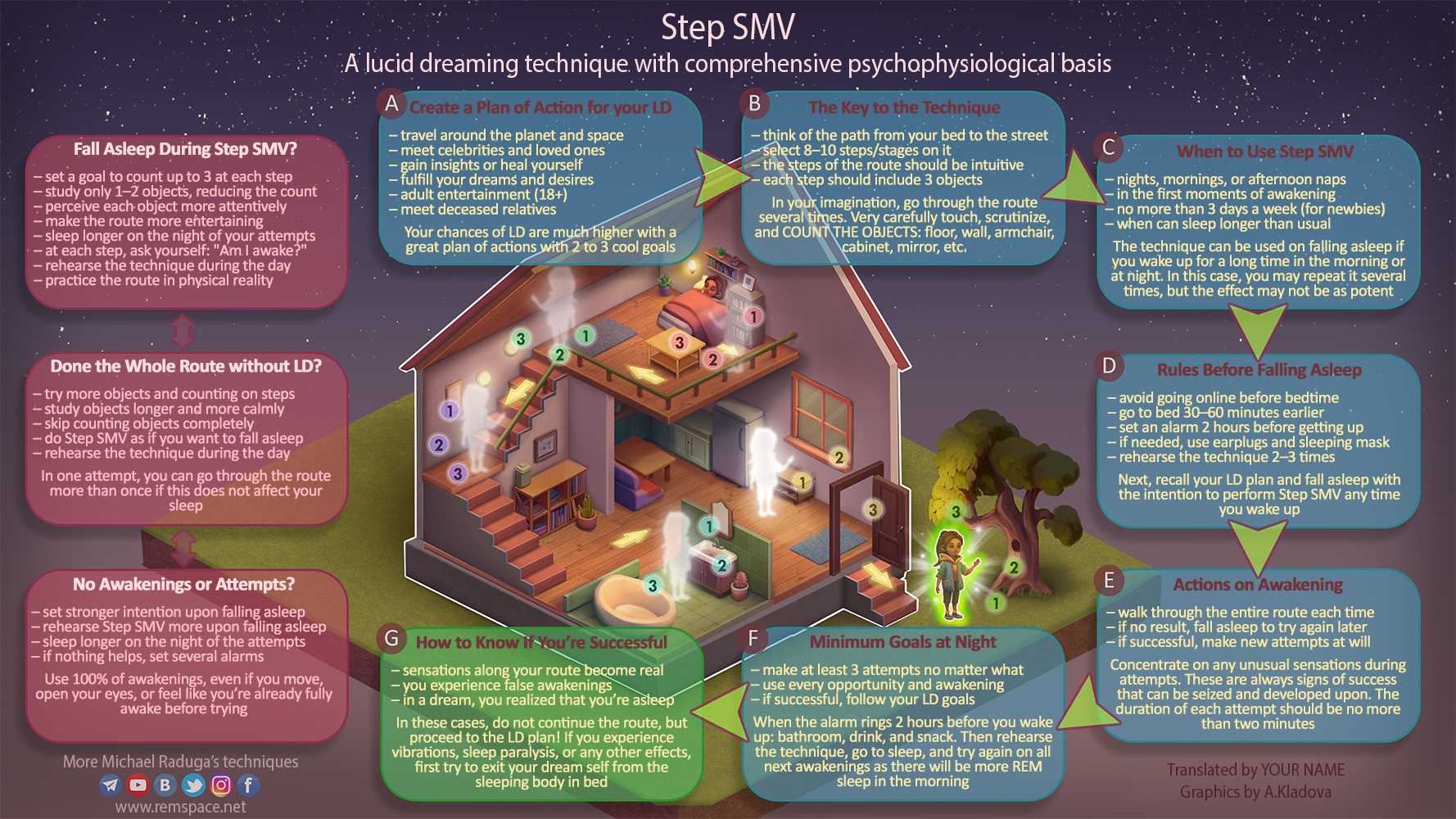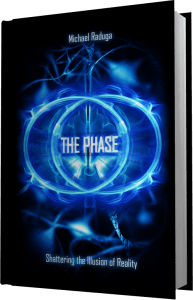Step SMV
The easiest way to induce lucid dreams for beginners
Every experienced lucid dreamer uses basic SMV (sensory-motor visualization). The key factor of Step SMV is to slice the most familiar route and attentively count objects on each step. These slicing and counting help to maintain consciousness while SMV brings REM stage back (if performed upon awakening). At the same time, touching and scrutinizing most familiar objects in imagination helps to induce virtual sensation in the brain cortex.
So, always keep in mind this technique because it has almost perfect psychophysiological basis
A. Create a Plan of Action for your LD
– travel around the planet and space
– meet celebrities and loved ones
– gain insights or heal yourself
– fulfill your dreams and desires
– adult entertainment (18+)
– meet deceased relatives
Your chances of LD are much higher with a great plan of actions that includes 2 to 3 cool goals
B. The Key to the Technique
– think of the path from your bed to the street
– select 8–10 steps/stages on it
– the steps of the route should be intuitive
– each step should include 3 objects
In your imagination, go through the route several times. Very carefully touch, scrutinize, and count the objects: floor, wall, armchair, cabinet, mirror, etc.
C. When to Use Step SMV
– nights, mornings, or afternoon naps
– in the first moments of awakening
– no more than 3 days a week (for newbies)
– when can sleep longer than usual
The technique can also be used on falling asleep if you wake up for a long time in the morning or at night. In this case, you may repeat it several times, but the effect may not be as potent
D. Rules Before Falling Asleep
– avoid going online for 2 hours before bedtime
– go to bed 30–60 minutes earlier
– set an alarm 2 hours before getting up
– if needed, use earplugs and/or a sleeping mask
– rehearse the technique 2–3 times
Next, recall your LD plan and fall asleep with the intention to perform Step SMV any time you wake up
E. Actions on Awakening
– walk through the entire route each time
– if no result, fall asleep to try again later
– if successful, make new attempts at will
Concentrate on any unusual sensations during attempts. These are always signs of success that can be seized and developed upon. The duration of each attempt should be no more than two minutes
F. Minimum Goals at Night
– make at least 3 attempts no matter what
– use every single opportunity and awakening
– if successful, follow your LD goals
When the alarm rings 2 hours before you wake up: bathroom, drink, and snack. Then rehearse the technique, go to sleep, and try again on all next awakenings as there will be more REM sleep in the morning
G. How to Know If You’re Successful
– some sensations along your route become real
– you experience false awakenings
– in a dream, you realized that you’re asleep
In these cases, do not continue the route, but proceed to the LD plan! If you experience vibrations, sleep paralysis, or any other effects, first try to exit your dream self from the sleeping body in bed
Fall Asleep During Step SMV?
– set a goal to count up to 3 at each step
– study only 1–2 objects, reducing the count
– perceive each object more attentively
– make the route more entertaining
– sleep longer on the night of your attempts
– at each step, ask yourself: “Am I awake?”
– rehearse the technique during the day
– practice the route in physical reality
Done the Whole Route without LD?
– try more objects and counting on steps
– study objects longer and more calmly
– skip counting objects completely
– do Step SMV as if you want to fall asleep
– rehearse the technique during the day
In one attempt, you can go through the route more than once if this does not affect your sleep
No Awakenings or Attempts?
– set stronger intention upon falling asleep
– rehearse Step SMV more upon falling asleep
– sleep longer on the night of the attempts
– if nothing helps, set several alarms
Use 100% of awakenings, even if you move, open your eyes, or feel like you’re already fully awake before trying
(PSD file if you want to translate into your language)
A perfect instruction for beginners and with detailed troubleshooting!
Success Rate for lucid dreams and OBE:
For 1-5 attempts (1-3 days) – 50%
For 6-10 attempts (2-7 days) – 80%
For 11-20 attempts (3-14 days) – 90%
So, you have decided to experience out-of-body travel or lucid dreams and want to achieve this as quickly as possible. To that end, here we present a brief description of the easiest method – cycles of indirect techniques. This is a universal and most effective way to obtain a phase experience (a term that unite lucid dreams and out-of-body experience/OBE). It has been refined by the Phase Research Center’s work with thousands of people all over the world. The secret to indirect techniques is to perform them upon awakening, when the human brain is physiologically quite close to dreams, or still in it.
Interesting Fact!
Indirect techniques are mainly to thank for our 80% success rate over only 2 days of attempts at three-day seminars, even in groups of 50 people and more. Once, more than half of the group had a lucid dreaming experience by the second day, and most had two or more experiences.
Cycles of indirect techniques consist of attempts to separate immediately upon awakening, and if that is unsuccessful, then quickly cycling through techniques over the course of a minute until one of them works, after which it is possible to separate from the body again and dive into a lucid dream. Usually, 1 to 5 properly performed attempts are all that is necessary to obtain results.
The techniques described below work extremely well both when awakening from a daytime nap, as well as in the middle of the night. However, we will be concentrating on the optimum strategy – the deferred method – which allows for numerous attempts to be had in a single day. This substantially increases the probability of success occurring in only 1 to 3 days.
Step 1: Sleep 6 Hours and Then Wake Up with an Alarm Clock
(You may skip the step)
On a night before a free day when you won’t have to wake up early, go to bed at your usual time and set your alarm so that you’ll only sleep for about 6 hours. When the alarm goes off, you must get up to drink a glass of water, go to the bathroom, and read these instructions for lucid dreams once again. Do not attempt any techniques before going to bed the night before, no matter what the case. You just need to lie down and get some sound sleep. The sounder you sleep over these 6 hours, the better your chances of getting results.
Step 2: Go Back to Sleep with an Intention to Have a Lucid Dream
(You may skip the step)
After 3 to 50 minutes of being awake, go back to bed and concentrate your attention on how you will perform cycles of indirect techniques upon each subsequent awakening in order to leave your body (the same as experience a lucid dream) and implement your prepared plan of action. No need to set the alarm clock this time. Each subsequent awakening should occur naturally. If it’s too bright in the room, you can wear a special eye-mask. If it’s loud – use earplugs.
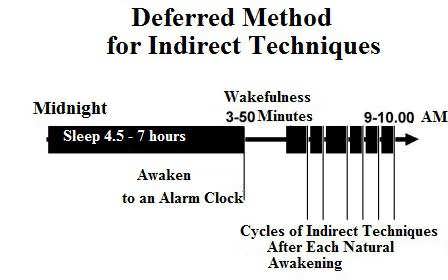
Meanwhile, focus your attention on how you’re going to try to wake up without moving your physical body. This isn’t mandatory, but it will substantially increase the effectiveness of the indirect techniques.
Now, sleep for 1 to 3 hours, but take advantage of natural awakenings that occur during this period of time. They will happen much more often than usual. After each attempt – whether successful or not for lucid dreams – you must fall back asleep with that very same intention of waking up and trying again. In this way, you can make many attempts over the course of a single morning. Up to a quarter of those attempts will be successful, even for novices (70 to 95% of them will be successful for experienced practitioners of lucid dreamings and out-of-body travel).
Step 3: Separate the Instant You Awaken

If you cannot wake up or don’t remember about the method at this moment, just download this Practical alarm clock and start in 2-3 hours before final awakening.
Each time you wake up again, try not to move or open your eyes. Instead, immediately try to separate from your body. Up to 50% of success with indirect techniques comes during this simple first step – one that is so simple that people don’t even suspect that it could work.
In order to separate from your body (to get an OBE or a lucid dream), simply try to stand up, roll out, or levitate. Try to do it with your own perceived (i.e. subtle) body, but without moving your physical muscles. Remember that it will feel just like normal physical movement. When the moment comes, don’t think too hard about how to do it. During those first moments after awakening, stubbornly try to separate from your body any way that you can and no matter what. Most likely, you’ll intuitively know how to do it. The most important thing is not to think too hard and not to lose those first seconds of awakening.
Interesting Fact!
During the second lesson at School of Out-of-Body Travel seminars, participants are asked to explain in their own words how they were able to separate, but without using the words “easily”, “simply”, or “as usual”. They are usually always unable to comply with this request, as separation nearly always occurs for them “easily”, “simply” and “as usual” when the moment is right.
Step 4: Cycling Techniques after Attempts to Separate
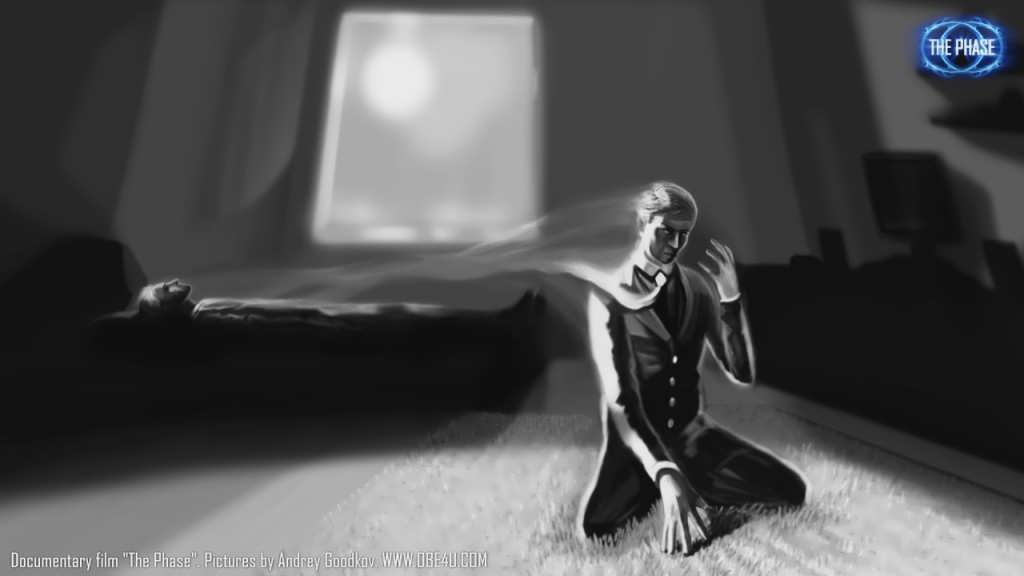
if you don’t understand what to do or you need some help with practicing this method, just download an audio instruction: techniques 1 or technques 2
If immediate separation doesn’t work out – which would become apparent after 3-5 seconds – start right then and there to alternate between 2 to 3 of the techniques that are most straightforward to you, until one of them works. When this happens, you can try to separate again and get a lucid dream. Choose 2 to 3 of the following five techniques so that you can alternate through them during awakenings:
Rotation
For 3 to 5 seconds, try to imagine rotating to either side along your head-to-toe axis as vividly as possible. If no sensations arise, switch to another technique. If a real or even slight sensation of rotation arises, focus your attention on this technique and rotate even more energetically. As soon as the sensation of rotating becomes stable and real, you should try to separate again using it as a starting point.
Swimmer technique
For 3 to 5 seconds, try to imagine as decidedly as possible that you are swimming or simply making swimming motions with your arms. Try to feel it no matter what, and as vividly as you can. If nothing happens, switch to another technique. There is no need to switch techniques if the sensation of swimming arises. Instead, intensify the sensations that arise. Afterwards, the real sensation of swimming in water will come to you. That’s already a lucid dream – and there’s no need for separation when you’re already in a lucid dream. However, if such sensations occur while you’re in bed instead of a body of water, then you will need to employ a separation technique. Use the swimming sensations as a starting point.
Observing images
Peer into the void before your closed eyes for 3 to 5 seconds. If nothing occurs, switch to another technique. If you see any kind of imagery, peer into it until it becomes realistic. Once it is, separate from the body right then and there, or allow yourself to be pulled into the imagery. When peering at imagery, it’s important not to scrutinize details, lest the image wash away. You’ll need to look through the picture, which will make it more realistic.
Hand visualization
For 3 to 5 seconds, imagine vividly and decidedly that you are rubbing your hands together close to your eyes. Try no matter what to feel them in front of you, to see them, and even to hear the sound of them rubbing. If nothing happens, switch to another technique. If any of the above sensations start to arise, then keep with the technique and intensify it until it becomes totally realistic. Afterwards you can try to separate from the body, using the sensations arising from the technique as a start-off point.
Phantom wiggling
Try to wiggle your perceived hands or feet for 3 to 5 seconds. Do not move a muscle under any circumstances, and do not imagine the movement itself. For example, try to intensively press down and then up, wiggle to the left and right, and so on. If nothing occurs, switch to another technique. If a slight or sluggish sensation of real movement suddenly arises, then focus your attention on the technique, trying to increase the range of motion as much as you can. Once you can move by at least 4 inches, immediately try to separate from your body starting off from the sensations arising from the technique.
All that you need to do for each attempt is alternate between 2 to 3 techniques for 3 to 5 seconds each. This leads to indirect techniques cycles, where the practitioner alternates one technique after another over the course of a minute in search of the one that works. It is very important to do no less than 4 cycles of 2 to 3 techniques during an attempt. Remember – even if a technique doesn’t work immediately, that doesn’t mean that it will not work on the very next cycle of techniques, if not just a bit later. That’s precisely why it’s necessary to stubbornly alternate techniques, performing no less than 4 complete cycles, but all within no longer than a minute. If you were wonder how to have lucid dreams, that the best way for it!
For example, the entire process may take place as follows: a practitioner goes to bed at 11:30pm and sets his alarm for 6:00am; at 6:00 he wakes up to his alarm clock, goes to the bathroom, drinks some water, and recalls the indirect techniques as well as his interesting plan of action for the phase (for example, to look in the mirror and fly to Mars); at 6:05am the practitioner goes back to sleep with the clear intention of entering the phase upon each subsequent awakening; at 7:35am (or whenever natural awakening occurs) the practitioner awakes unexpectedly and immediately tries to separate from his body then and there; not having separated within 3 to 5 seconds, the practitioner begins to try to do rotations, but those also do not work within 3 to 5 seconds; the practitioner performs the swimmer technique, but that does not work within 3 to 5 seconds, the practitioner does phantom wiggling, but it doesn’t work within 3 to 5 seconds, the practitioner does rotation again, then the swimmer technique and phantom wiggling for 3 to 5 seconds each; then he once again does rotation, swimming, and phantom wiggling for 3 to 5 seconds each; on the fourth cycle he begins to do rotation and it unexpectedly starts working – the feeling of rotation arises; the practitionerkeeps with this technique, and spins as hard as he can and separates from his body right then and there using the sensation of rotation: he then runs to the mirror, all the while actively palpating and scrutinizing everything around him from a close distance, which intensifies his sensations; having already looked in the mirror, the practitioner employs the translocation technique and finds himself on Mars, but he is unexpectedly returned to the body; the practitioner then immediately tries to leave his body again, but is unable to; he falls back asleep with the clear intention of repeating the attempt upon the next awakening and staying longer on Mars; and so on.
Just repeat the above using the techniques that come most naturally to you, and you’ll open yourself up to a whole new universe of lucid dreanming and out-of-body experience!
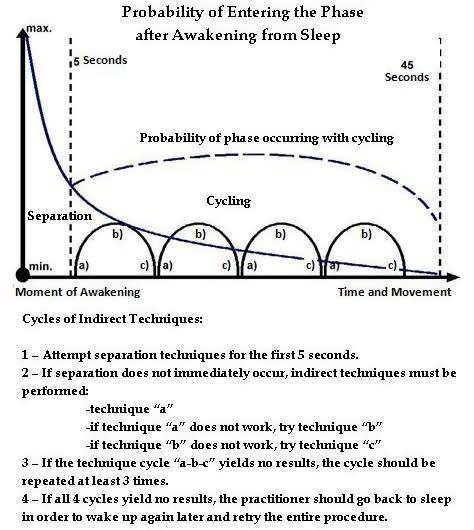
If you take 20 to 30 minutes out of your day to simply train the techniques and the procedure, the method will be remembered and work better. This will substantially increase the success of attempts upon awakening.
Dream consciousness is also considered to be a phase experience. If you suddenly realize that you’re dreaming while asleep, then that’s already the phase! You should therefore proceed to implement your plan of action and stabilize the state. If dream consciousness does arise, it would be a side effect of doing technique cycles upon awakenings. This side effect is quite common – always be ready for it.
Step 5: After Attempts to Induce Lucid Dreams and OBEs

Fall back asleep if you can after each attempt (whether successful or not) in order to make another attempt to obtain lucid dreams upon your next awakening. That way you’ll not only be able to have a lucid dream in one day, but also to get it several times on the very first day!
Interesting Fact!
At a School of Out-of-Body Travel seminar, a novice was able to leave his body for the first time in his life in 6 of 8 attempts upon awakening the very first morning.
Even the most unsuccessful attempt should last no longer than a minute. If nothing happens over that period of time, it’s much more effective to fall asleep and catch the next awakening, as opposed to stubbornly trying to squeeze results out of the current attempt.
Plan of Action in Lucid Dreams and Out-of-Body experience
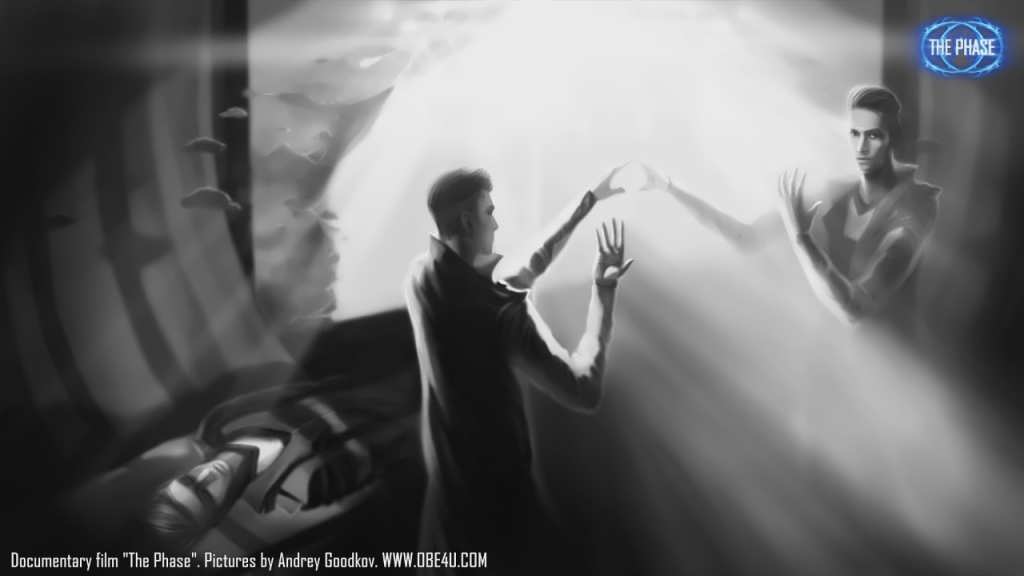
Before diving in a lucid dream, you should clearly outline what you are going to do there immediately after separation. This will increase both the quality of the experience and the likelihood of it occurring. Below is a list of the most interesting (if not the most straightforward) phase activities for novices (choose no more than 2 to 3 activities and remember them well):
Look in a mirror (a must for the first lucid dream!)
Eat or drink something you like
Visit any tourist attraction
Fly over the Earth
Fly throughout the Universe
Fly to neighbors, friends, and family
Meet a lover
Meet a deceased relative
Meet any celebrity
Take medicine for treatment
Obtain information from lucid dreaming objects
Travel to the past or the future
Walk through a wall
Transmutate into an animal
Drive a sports car
Ride a motorcycle
Breathe underwater
Put your hand inside your body
Feel vibrations
Inhabit two bodies at once
Inhabit another person’s body
Move and set fire to objects just by looking at them
Drink liquor
Make love and reach orgasm
For your first lucid dream/OBE, be sure to set yourself the goal of making it to a mirror and looking at your reflection. You should specifically program yourself to do this activity, as it will substantially facilitate your first steps in conquering the phase. You may then complete other items on your plan of action and never return to the mirror again.
If your sensations in a lucid dream are dull (i.e. poor sight or numbed bodily sensations), try to touch everything around you actively and scrutinize the minute details of objects from up-close. This will allow you to have a more realistic experience. The same activities should be performed in order to maintain the phase when the first symptoms of a return to the body occur (for example, when everything becomes dim).
Returning to the body is something you needn’t worry about. The state will not last more than several minutes in any case, especially for novices who are little-acquainted with techniques for maintaining lucid dreams.
Didn’t Work? How to Find Mistakes in Lucid Dreaming Techniques?

Set yourself this goal: make 5 to 10 attempts to have lucid dreams upon awakening. This procedure, when followed correctly, is sufficient for 50 to 80 percent of novices to get their first results. Turn back to this section if you run into a problem, as it describes the mistakes encountered in 99% (!) of unsuccessful attempts.
Never try these techniques every day, otherwise the success rate of your attempts will drop drastically! Spend no more than 2 to 3 days of the week on it, preferably only on days off. If you don’t have an opportunity to sleep in long and with interruption, then don’t forget that cycles of indirect techniques can also be used after any other awakening – in the middle of the night for example, or better yet, during a midday nap. What’s most important is to establish the clear intention of trying them before falling asleep.
Despite the simplicity of these techniques, novices stubbornly deviate from the clear instructions, following them in their own way or only half-way. Remember what’s most important beforehand: the more carefully and literally you follow the instructions for how to have a lucid dream tonight, the better your chances. Ninety percent will obtain results within one to three awakenings if they do everything correctly from the beginning.
Interesting Fact!
At School of Out-of-Body Travel seminars, the main task consists not in explaining the proper procedure, but merely in getting participants to follow it to-the-letter. Even if that goal is only half-way accomplished, success is inevitable.
Typical mistakes when performing indirect techniques include:
– Lack of an attempt to separate
Forgetting to simply try to separate immediately after awakening before cycling techniques, even though this may lead to up to 50% of all experiences. Exception: awakening to movement, after which one may immediately proceed to the techniques.
– Lack of aggression
A desire to get a technique to work no matter what and really get into it is the main criterion for success in employing the indirect technique procedure. Meanwhile, determination should not be superficial, but intensely focused on the actions to be completed. Lack of determination can also manifest itself in passively falling asleep during an attempt.
– Fewer than 4 cycles
No matter what happens and no matter what thoughts occur, you should perform no less than 4 cycles of techniques, assuming none have worked so far. Not following this simple rule will scuttle more than half of your opportunities to induce lucid dreams.
– Unnecessary Change of Technique
Despite the clear instructions given, novices will stubbornly switch techniques after 3 to 5 seconds, even when a technique has started working in one way or another. This is a serious error. If a technique has started working – however so slightly – you need to keep with it and try to intensify it in any way possible.
– Unnecessary Continuation of a Technique
If a technique hasn’t begun working in the least after 3 to 5 seconds, it should be changed for another. The point of cycling is to quickly alternate between techniques until one of them starts working.
– Forgetting to Separate
When any technique starts working upon awakening – no matter to what degree – the practitioner is nearly always already in the phase, and is simply lying on his body while in it. That’s why you should always try to separate immediately upon there being stable signs that a technique is working. If that doesn’t work out, then you need to return to intensifying the technique and try to separate again. If you don’t use the first seconds of a technique working, then the phase usually ends quite quickly and the necessary state goes away. Don’t lie in your body while in a lucid dream!
– Excessive Analysis
If you analyze what’s going on when cycling through techniques upon awakening, then you are not concentrated on the techniques themselves and are sidetracking yourself. This will cause you to miss nearly all chances of obtaining results. The desire to experience the technique working should fully consume you, leaving no place in the mind for analysis or contemplation.
– Excessively Alert Awakening (no Attempt or a Sluggish One)
Due to the perception of an excessively alert awakening (which will be not actually be alert, but only seem to be from 70 to 90% of the time) the practitioner will either forgo trying anything, or will make attempts quite unassuredly, which is equivalent to not trying at all. You ought to follow the instructions automatically, and not pay attention to such perceptions upon awakening.
– Attempting for Longer than a Minute
If no result is obtained after one minute of cycling, then your odds of success will be much greater if you go back to sleep right away and catch the next awakening in order to make a new attempt, as opposed to stubbornly trying to continue on with the techniques.
– Incomplete Separation
When attempting to separate, sometimes it doesn’t come easily or completely. Sluggishness, stuck body parts, and being stuck in two bodies at once are some things that may occur. Never give up under any circumstances and do not stop separating if this happens. Full separation will occur if you counteract such problems with all your strength.
– Not Recognizing Lucid Dreams
Practitioners often experience lucid dreams but then return back to the body because they feel that what occurred is not what they had expected. For example, when observing images they are often pulled into the scenery, or they are spontaneously thrown into another world when rotating. Practitioners often think that they have to experience the feeling of separation itself, which is why they might return back to their bodies in order to obtain it. The same applies to becoming conscious while dreaming, as the practitioner is already in the phase and it only remains to deepen and implement his plan of action.
– Awakening to Movement (no Attempt or a Sluggish One)
Awakening without moving is desirable, but not mandatory. There’s no sense in forgoing most opportunities by waiting for the right awakening. You must take advantage of every awakening that you can.
– Wasting the First Seconds
Try to develop the habit of immediately and reflexively proceeding to the techniques upon awakening, without losing a second. The more time that elapses between awakening and the attempt itself, the lower the odds of success. It’s best to learn to catch not so much the very second of awakening, but rather the transitional moment when “surfacing” from sleep. Separation is almost always successful during that transitional moment.
– Use of a Single Technique
Cycling indirect techniques upon awakening is a universal method that can work for anybody provided they alternate several techniques. Completely different methods may work over different attempts. That’s why using only a single technique upon awakening instead of cycling through at least two leads to substantially lowered odds of inducing lucid dreams.
– False Physical Movement
Sometimes separation is so indistinguishable from ordinary physical movement that novices are unable to believe their own success. They perceive separation as a physical movement and then disappointedly lie back down into their body. In such cases, one ought to carefully evaluate the situation and possibly perform reality checks.
The Four Principles of Success
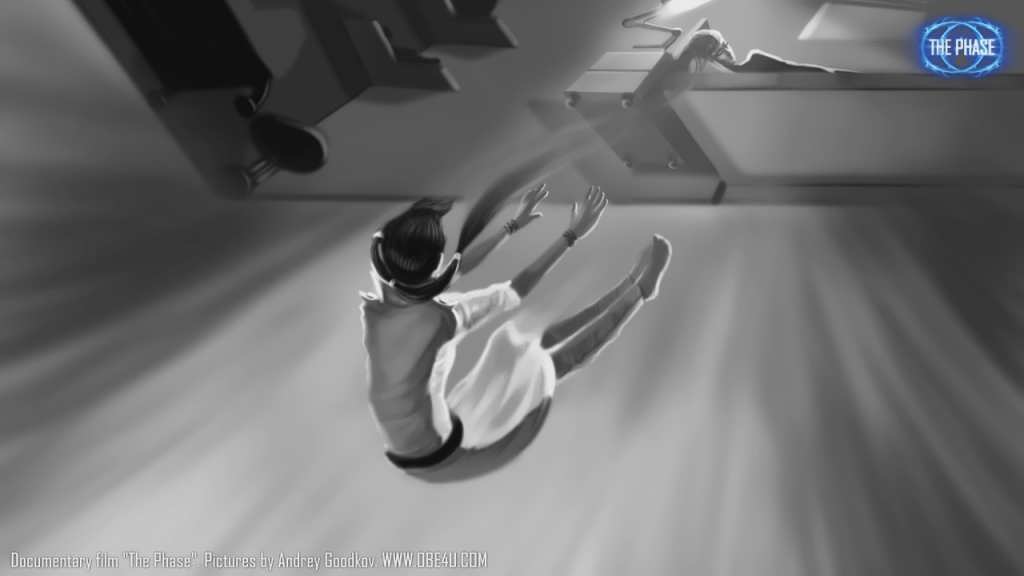
Now you know how to have a lucid dream tonight, but the next tips will increase your success rate a lot:
Do It No Matter What. When performing lucid dreaming techniques, put your all into them and concentrate on them as if they were your life’s goal and mission. Chomp at the bit to leave your body.
Be Aggressive. Put all of your enthusiasm and desire into the techniques. The desire to get the techniques to work should be coupled with full aggression in achieving that result.
Be Self-Assured. During attempts to get a lucid dream, be as sure as possible of the results. When making attempts, lack of assuredness in yourself and the results will substantially lower your probability of lucid dreaming entrance. Nearly all phase entrances are accompanied by self-assured thought like “I’m going to do it now”, while unsuccessful attempts involve thinking “I guess I’ll try, but I doubt it’ll work”.
Do it Robotically. Don’t think about anything when completing the technique procedure. You already have the instructions. Just carry them out, not matter what things may seem to you or what thoughts enter your mind. Robotically is also understood to mean exactly. The indirect technique procedure has been honed by work with thousands of practitioners all over the world, neglecting any detail isn’t worth it.
The article is a quote from
The Phase. Shattering the Illusion of Reality
by Michael Raduga
“All my life I sought an elegant solution to one odd riddle. I sought it from Siberia to California, from the field of neurophysiology to quantum physics, and in illegal experiments on thousands of people. But the answer I found sent me into shock and changed my entire perception of reality. Unlike others, I offer not only a new perspective on the world, but also step-by-step practices that can shake the pillars of your limited reality, and give you revolutionary new tools for obtaining information, self-healing, travel, entertainment, and much more.”
(Download an old version (2011) OR buy the newest one (2015) on Amazon)
***
Project Elijah
Explore the inner universe!

Unlock all the secrets of lucid dreaming and out-of-body travel with us! Develop your practice of the phase, participate in experiments, and become a professional researcher.

